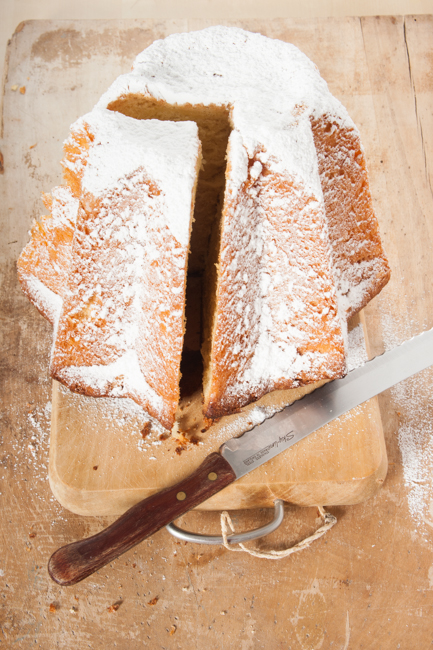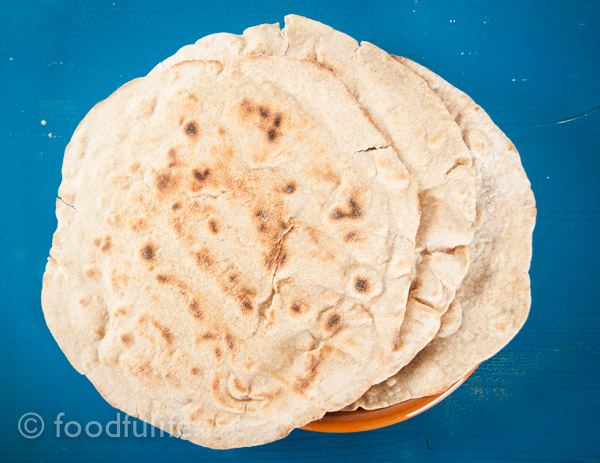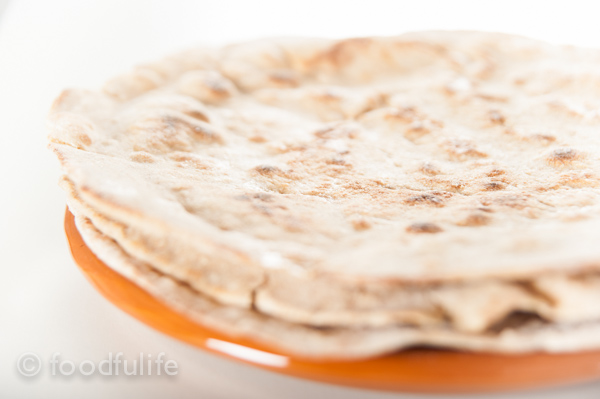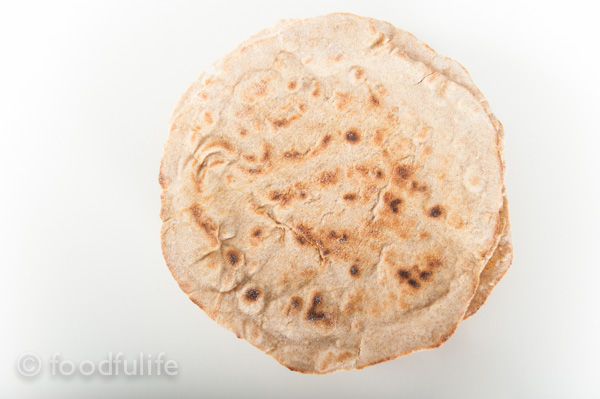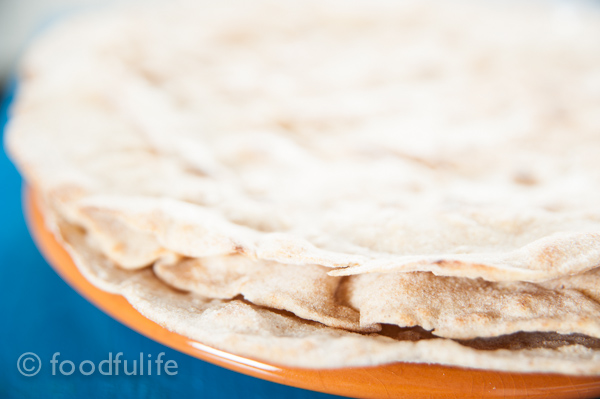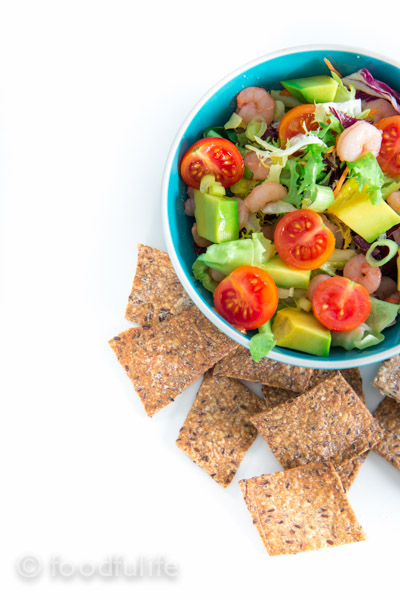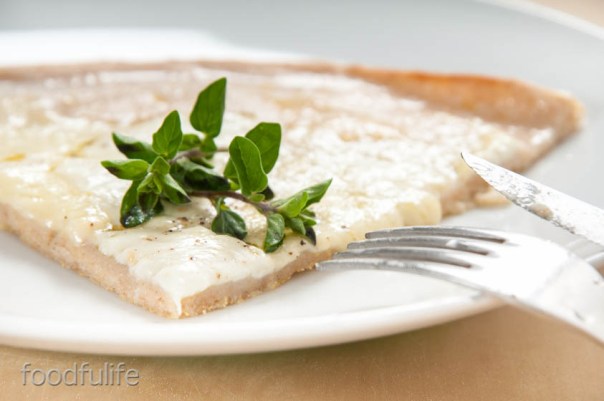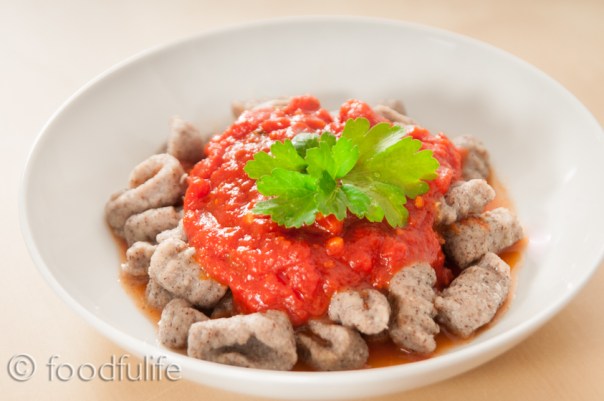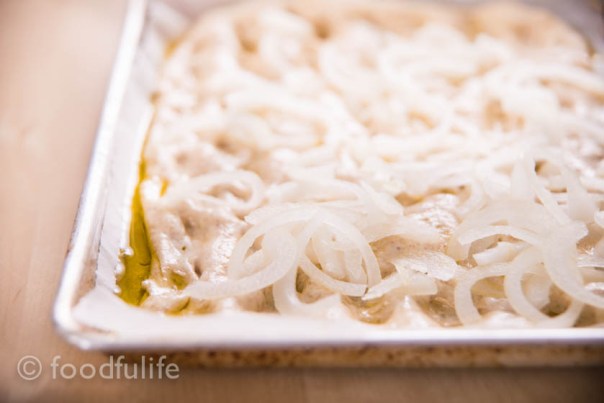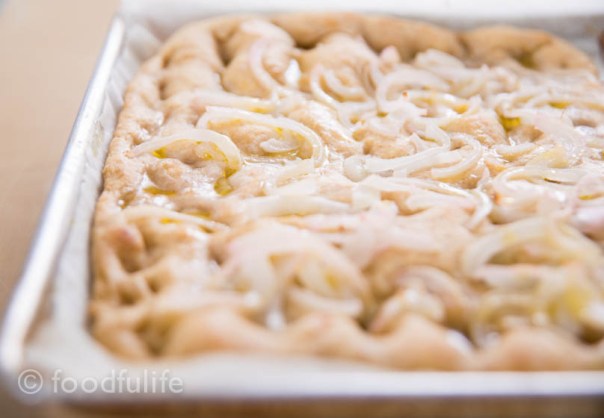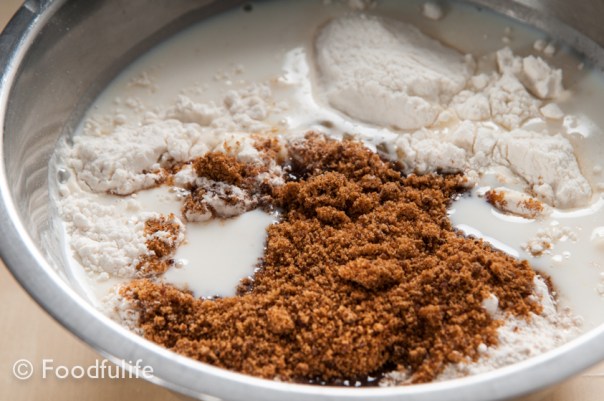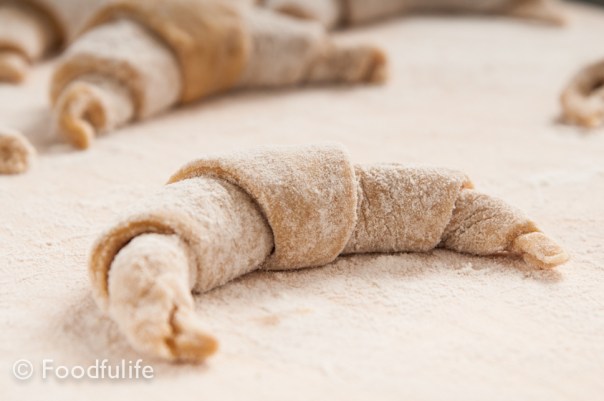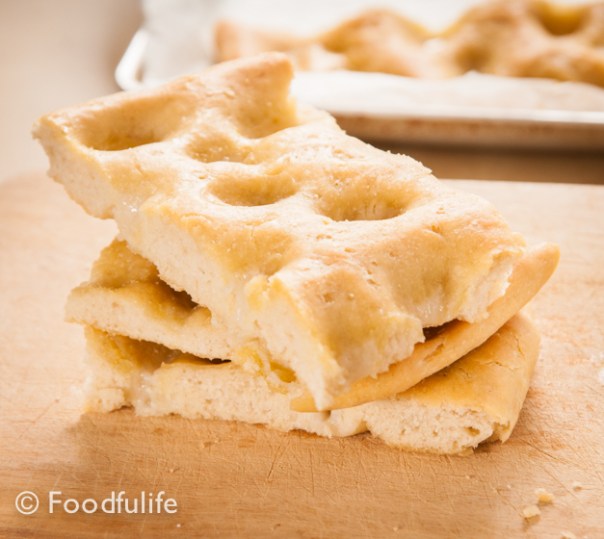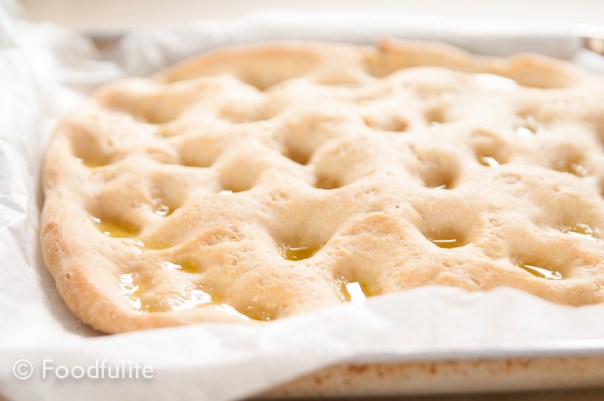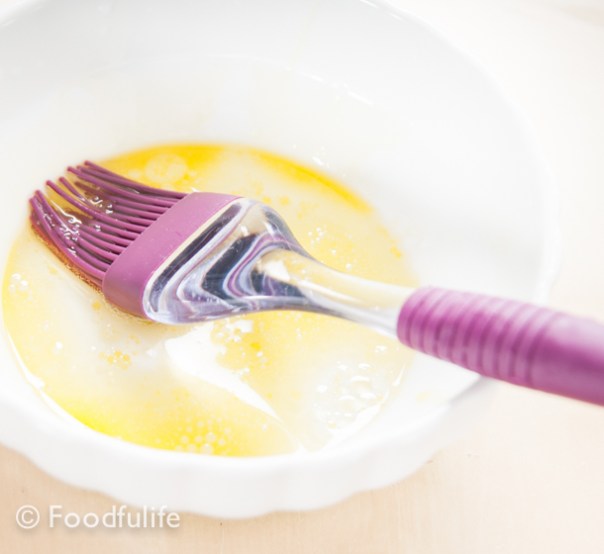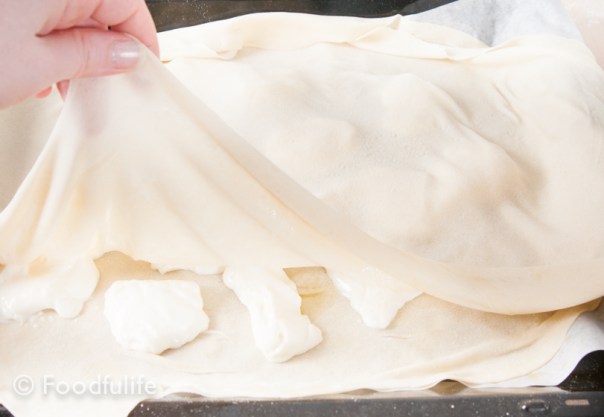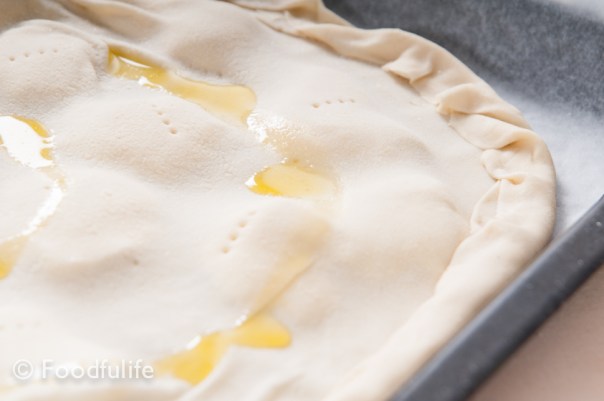Pandoro is a wonderful Christmas cake from Verona. The recipe I am publishing today is very similar to the traditional recipe, however I made some variations in order to use sourdough. In this recipe there is a very long preparation method with several leavening phases, but the most difficult part is when you have to combine the butter with the dough (see step 5). Having said that, it is one of the best plain cakes that I have ever eaten! A quiet day, during the holiday is probably the best time to prepare this cake.
I wish you all a wonderful Christmas and an amazing New Year ❤
Pandoro with sourdough (Italian Traditional Christmas cake)
For 10 servings
Ingredients
440 g sifted manitoba flour (add more if needed), or a strong, highly-refined white bread flour
50 g sourdough
250 g soft butter (keep the butter at room temperature)
a little vanilla extract
2 eggs
4 egg yolks
140 g sugar (+ icing sugar )
water
Notes. You need a large Pandoro mould ( 1 kg capacity), but you can find it easily on Amazon. Use a good dough mixer if you have one, it will make your life a lot easier!
Method.
Day 1.
1. Making the starter. In the evening, prepare the starter with 50 g of yeast with 50 g of flour with a tablespoon of sugar and enough water to make a soft dough. Cover with some cling film and let rise overnight.
Day 2.
1. First leavening. First thing in the morning, mix the starter with 80 g of flour, a tablespoon of sugar and enough water to make a soft dough. Let rise until the dough has doubled in volume.
2. Second leavening. Mix the dough with 80 g of flour, a tablespoon of sugar and a little water. Make a soft dough and let rise until it doubles in volume.
3. Third leavening. In a large bowl whisk the remaining sugar with a little vanilla extract, 2 whole eggs and 4 egg yolks. Then add 30 g of soft butter and 230 g sifted flour (add the flour gradually). Mix well. Now combine the mixture with the dough and knead very well. Add a little bit of flour if needed and let rise until the dough has doubled in volume.
4. Working the dough (during this operation dust with plenty of flour the rolling pin and the working surface). Take the dough and roll it out with a rolling pin to make a thick rectangular sheet (without pressing too much). Cut the remaining butter into small pieces and place it in the centre of the dough, then fold the sheet of dough to cover the butter. Roll the dough using a rolling pin and fold it again. Roll once more and place the dough in the refrigerator for 15-20 minutes.
Take the dough, roll it out and fold it three times, then roll it again and place it in the fridge for another 15-20 minutes. Now knead the dough for a few minutes and place it in the Pandoro mould (previously buttered).
5. Fourth leavening. Let rise until the dough reaches the edge of the mould (this will take from 5-6 hours).
6. Baking. Bake the Pandoro at 180 ° C (356° F) for fifteen minutes, then change the temperature to 160 ° C (320°F) and bake for another 30 minutes. When the Pandoro is ready place it on a rack to cool. Dust with plenty of icing sugar before serving.
Pandoro (con lievito madre)
Per 10 persone (con stampo da 1 kg)
Ingredienti
440 g di farina manitoba setacciata (e un po’ di più da aggiungere nelle ultime fasi della ricetta)
50 g di lievito madre
250 g di burro morbido (a temperatura ambiente)
qualche goccia di estratto di vaniglia (o una busta di vanillina)
2 uova
4 tuorli d’uovo
140 g di zucchero (+ lo zucchero a velo)
acqua q. b.
Nota. E’ meglio utilizzare una planetaria per facilitare la lavorazione dell’impasto.
Preparazione.
Il primo giorno.
1. Il lievitino. La sera prima preparate il lievitino unendo 50 g di lievito madre con 50 g di farina, un cucchiaio di zucchero e acqua sufficiente per ottenere un impasto morbido. Coprite con un po’ di pellicola trasparente e lasciate lievitare per tutta la notte.
il secondo giorno.
1. Prima lievitazione. Al mattino, mescolate la pasta lievitata con 80 g di farina, un cucchiaio di zucchero e abbastanza acqua per ottenere un impasto morbido. Poi lasciare lievitare fino a quando la pasta sarà raddoppiata di volume.
2. Seconda lievitazione. Prendete la pasta lievitata e aggiungete 80 g di farina, un cucchiaio di zucchero e un po’ d’acqua. Lavorate gli ingredienti fino ad ottenere un impasto liscio e morbido. Fate lievitare fin quando l’impasto sarà raddoppiato di volume.
3. Terza lievitazione. In una terrina, amalgamate lo zucchero rimasto, con 2 uova intere, 4 tuorli d’uovo e qualche goccia di estratto di vaniglia (o una busta di vanillina). Quindi aggiungete 30 g di burro morbido e 230 g di farina setacciata (da aggiungere gradualmente). Mescolate bene, poi unite la pasta lievitata al composto. Impastate bene, aggiungendo un po’ di farina (se necessario) e poi lasciate lievitare.
4. Lavorazione impasto sfogliato (durante questa operazione infarinate bene il matterello e il piano di lavoro). Prendete la pasta lievitata e stendetela con il matterello per ottenere una sfoglia rettangolare e spessa (senza fare troppa pressione). Tagliate il burro rimasto a pezzetti e mettetelo al centro della pasta, quindi ripiegate la pasta per coprire il burro. Stendete la pasta con il matterello e ripiegatela in tre, poi stendetela ancora e mettetela nel frigorifero per 15-20 minuti.
Passato il tempo necessario prendete la pasta, stendetela con il matterello e piegatela in tre; poi stendetela ancora e riponetela nel frigorifero per altri 15-20 minuti. Una volta rassodata, lavorate la pasta per qualche minuto e mettetela nello stampo (precedentemente imburrato).
5. Quarta lievitazione. Lasciate lievitare finché la pasta raggiunge il bordo dello stampo (ci vorranno 5-6 ore).
6. La cottura. Cuocete il Pandoro a 180 ° C per il primo quarto d’ora, poi abbassate la temperatura a 160 ° C e cuocete per altri 30 minuti. A cottura terminata, togliete il Pandoro dallo stampo e mettetelo su una griglia a raffreddare. Spolverate con abbondante zucchero a velo prima di servire.















